As gardeners, we like to think that we’re far removed from the fickle world of fashion. But of course nothing could be further from the truth. Instead, plants fall in and out of vogue in pretty much the same way that flared trousers, puff sleeves, miniskirts and mullets do, a constantly changing reflection of ever-shifting trends.
Sometimes they’re rediscovered as a result of exciting new introductions by plant breeders and plant-hunters that revive our interest, helping us to look at a particular genus with fresh eyes. Our love affair with geums, for example, is largely due to the increasing array of new, long-flowering hybrid varieties with pretty flowers in charming shades of peach, orange, pink and gold.
In other instances (for example, dahlias, those summer-flowering tuberous perennials that only a few decades ago were considered irredeemably naff but are now firmly back in fashion) it’s more a case of a new generation of gardeners seeing these plants in a whole new light. Or it’s because they suit a new, more contemporary style of gardening, as is the case with so many of the taller, prairie-type perennials and the large-leafed tropical looking shrubs that have become so popular in recent years
There is also that small but elite group, those plants that are considered timeless garden classics and that never seem to fall out of fashion. Examples include hellebores, irises, peonies and clematis, all of which remain impressively immune to the fads and whims of passing trends.
READ MORE
Finally, there are the garden plants — so many of them — that we take completely for granted or overlook, unwilling or unable to fully appreciate their many fine qualities. But every great plant should have its moment in the sun. With that in mind, here in no particular order is a little look at 10 of the many unsung heroes of the Irish garden.
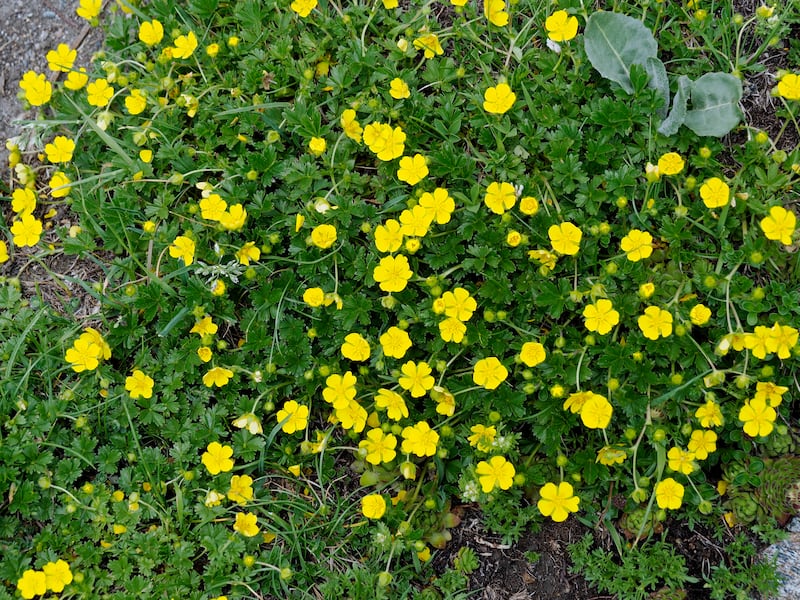
Potentilla: Not the charmless shrubby kinds (Potentilla fruticosa) but the perennial species known as cinquefoil, which have so much to offer in terms of their long-flowering, floriferous, very easy-going ways, and their pretty, long-lasting, geum-like flowers which appear on slender, branching stems from early summer until late autumn. Happy in sun or light shade and a free-draining soil, these clump-forming, undemanding, hardy, summer-flowering perennials will gently weave their stems through a flower border in a way that’s always charming. Recommended varieties include the coral-flowered P. ‘Melton Fire’ and the raspberry-red P. ‘Monarch’s Velvet’.
Artemisia (mugwort): A genus of sun-loving, typically silver-leafed foliage plants, several species of artemisia are invaluable in the garden for the discreet but all-important background role that they play in planting schemes. Examples include Artemisia ludoviciana ‘Valerie Finnis’ (a compact semi-evergreen variety with felty, silver-white, sharply-cut foliage), the compact, mound-forming, semi-evergreen Artemisia schmidtiana ‘Nana’ and Artemisia ‘Powis Castle’, a large perennial/sub-shrub with very finely-cut, feathery, semi-evergreen foliage. Showy? No. But indispensable.
Alstroemeria: Exceptionally long-flowering, floriferous and long-lived with flowers in a huge range of colours, this ultra-useful genus deserves a place in most Irish gardens. Seek out the more compact Planet series, which flowers non-stop from June-November and give plants a fertile, moist but free-draining soil and a sheltered spot in full sun or light shade.
Privet (Ligustrum ovalifolium): A classic example of a plant so ubiquitous and easy to grow that we’ve almost stopped noticing it, this wildlife-friendly, pollution-tolerant, evergreen hedging species will grow in the poorest and driest of soils and in exposed coastal gardens. Its only failing is that it’s not suitable for colder parts of the country. Glamorous? No. But that’s okay.
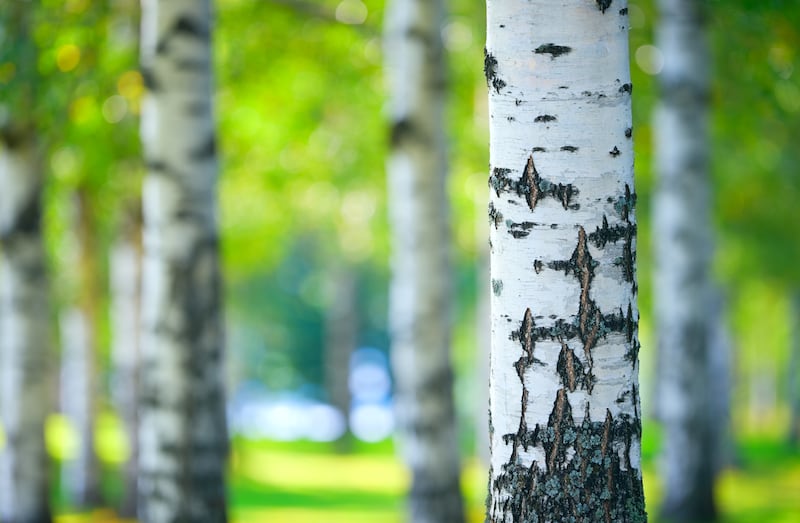
Birch: Some call it a gardening cliche, but if so, then it’s a cliche for a reason. As at home in a suburban garden as it is mass-planted in a miniature woodland copse, few deciduous trees have as many seasons of interest or are as versatile and easy to grow. Many great varieties are available including the Himalayan birch known as Betula utilis subsp. jacquesmontii ‘Doorenbos’/ ‘Snow Queen’ and the creamy-pink barked Betula ‘Fascination’. Birch trees like a moderately fertile, moisture-retentive but free draining soil in full sun or light shade
Gillenia trifoliata: Long flowering, shade-tolerant, fully hardy, disease-free, slug-resistant and supremely graceful in growth habit, it’s a mystery as to why this elegant herbaceous perennial isn’t better known. Its delicate-looking, star-shaped white flowers appear on slender, 1m tall burnt-red stems from May-August. Likes a rich, cool soil.
Aucuba: Not the variegated kind (another plant I just can’t bring myself to like) but Aucuba japonica ‘Rozannie’, or Japanese laurel as it’s commonly known, a supremely useful shade-loving, hardy evergreen shrub with large, glossy, dark green foliage and pretty scarlet berries. Pollution and drought tolerant, compact but fast-growing, it will grow in pretty much any kind of soil other than one that’s sodden, and even happily tolerates hard pruning. A great backbone shrub for a small garden or a container or for underplanting beneath established trees and shrubs..
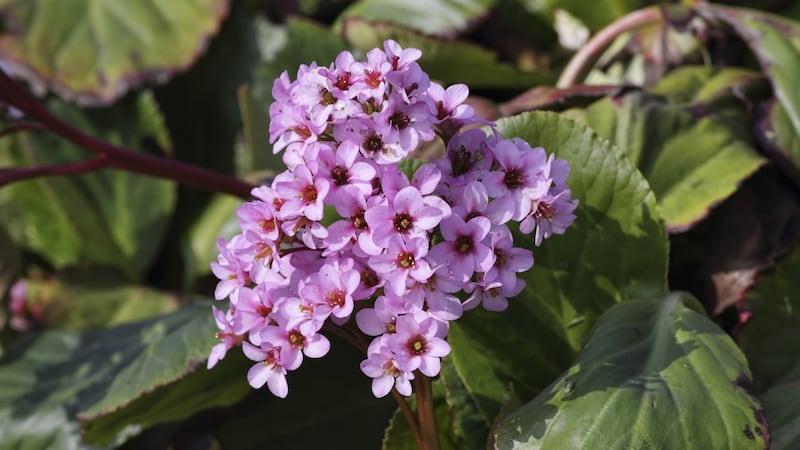
Bergenia: Once a mainstay of many Irish gardens, this drought-resistant, long-flowering perennial’s popularity has waned greatly in recent decades. But bergenia, or elephant’s ears as it’s commonly known, still has so much to recommend it including its compact growth habit, tough, typically evergreen, slug-resistant foliage and pretty, pollinator-friendly spring flowers which come in shades of pink, white and green. A great choice for providing groundcover around the base of established trees and shrubs, bergenias are tolerant of a wide range of soils and grow happily in sun or shade.
Conifers: Not all of them (some remain so irredeemably ugly that nothing could restore their tarnished reputation). But conifers are slowly but surely beginning to make their way back from garden fashion Siberia thanks to the efforts of trendsetting gardeners such as Fergus Garrett of Great Dixter and Matthew Potage, curator of RHS Wisley gardens in the UK who have done much to introduce them to a new generation of gardeners. Examples include Podocarpus elongata ‘Blue Chip’, Pinus patula, Cryptomaeria japonica ‘Viminalis’ and C. japonica Araucarioides Group.
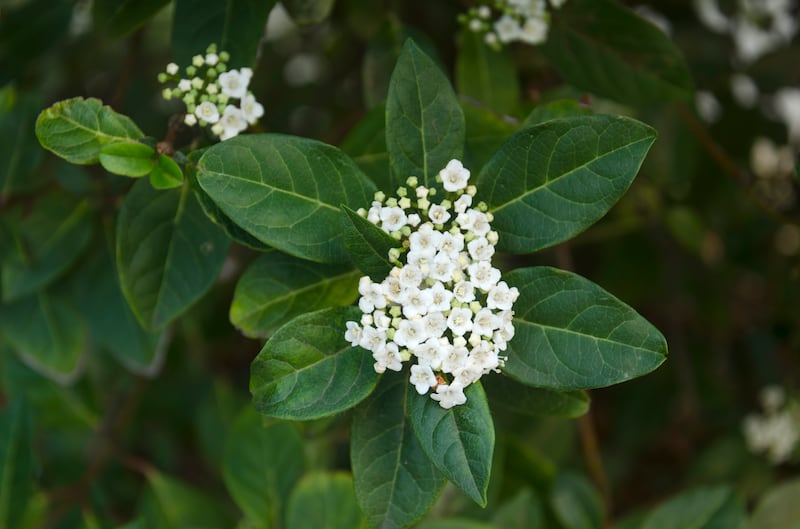
Viburnum tinus: Sniff all you like but few plants can equal this ultra-tough, resilient, medium-sized shrub for its ability to provide evergreen shelter and a handsome year-round backdrop to a planting scheme, while its white or pale-pink late winter flowers are also very cheery. Happy in sun or shade and tolerant of most soils, it’s almost impossible to kill.
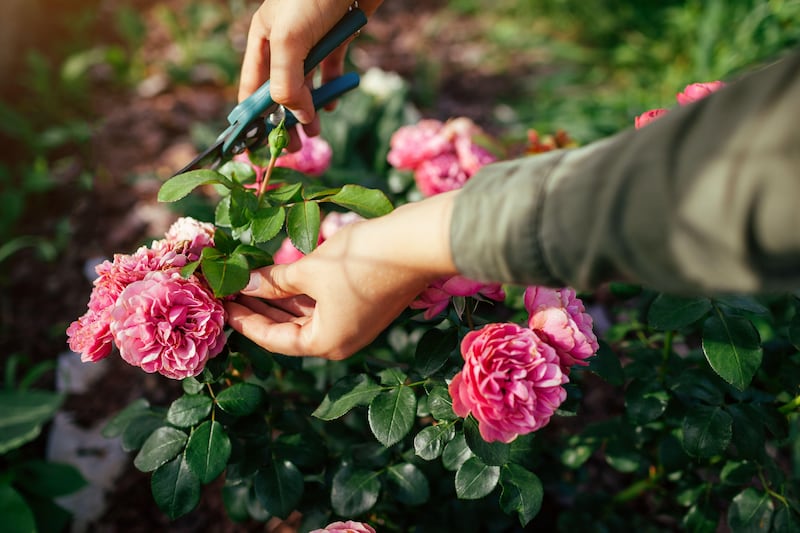
This Week in the Garden…
Keep tying in the fresh new growth of sweet pea plants and make sure to regularly harvest the flowers and deadhead any faded blooms to encourage the plants to stay floriferous. If you’re growing your sweet pea in large pots, make sure to keep them well watered as they hate to dry out. Regular liquid feeding with seaweed every 10-14 days is also really beneficial in terms of keeping plants happy and floriferous
In the kitchen garden or allotment, there’s still time to plant lettuces, kale, calabrese, chard, Florence fennel, kohl-rabi and perpetual spinach. Make sure to plant into well-prepared weed-free soil, to soak the rootballs of young transplants in water before planting, and to keep them well watered for the first few weeks after planting until they establish. Also take suitable precautions against slugs and birds, who can do a lot of damage to crops at this time of year.
Rose plants really appreciate feeding at this time of year after their first flush of early-summer flowers has faded. Use an organic granular fertiliser, sprinkling it around the base of the plant and then giving the soil a good watering. Deadheading faded blooms will also help to encourage repeat-blooming varieties to produce another flush of flowers.
Dates for your Diary: July 22nd-August 1st: this year’s Carlow Garden Festival will take place with a wide variety of talks, garden visits and workshops in some of Carlow, Laois and Kildare’s loveliest gardens by a range of experts including James Alexander Sinclair, Adam Frost, Leonie Cornelius, Joe Swift, Arthur Shackleton, Shirley Lanigan, Turtle Bunbury, Arthur Cole, Orlaith Murphy, Stephanie Hafferty, Belinda Jupp, James Wong, Tom Coward, Jim Gardiner, Ken Cox, Finola Reid, Fiann O’Nuallain, Éanna ní Lamhna and myself, Fionnuala Fallon. See carlowgardentrail.com




















